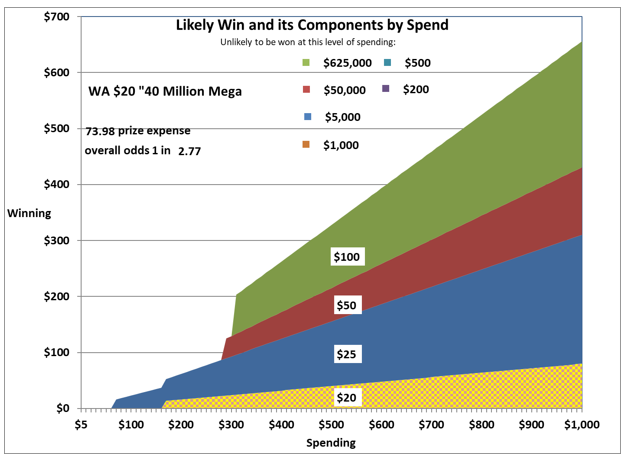The common feature of both printed and online instant games is the prize structure- the allocation of limited prize funds to prizes of different size and abundance. The prize structure is a purely quantitative feature that determines the wins experienced by players. The prize structure also determines the profitability of the game. Historically, it has received less attention during development of instant games than the play style or “reveal”, or the appearance of the printed ticket. I developed applications to express the winning experience delivered by complex instant game prize structures as graphics that the whole team can learn to interpret, at the speed of conversation.Design discussions now focus on “what is the player’s experience?”, and how to improve that experience. Quantitative changes to the prize structure can be evaluated on the fly, both for their effect on the winning experience and for their effect on profitability. NASPL Insights December 2013
